SakenowaRecord your sake experiences and discover your favorites
Most Check-in Brands
Timeline
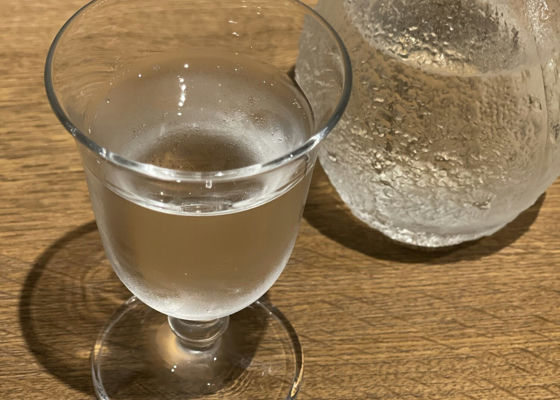
55_l_mii
Along with grilled whole new onions, meat and potatoes with new potatoes, Spanish mackerel with tempura sauce, etc.
A feast!
Japanese>English
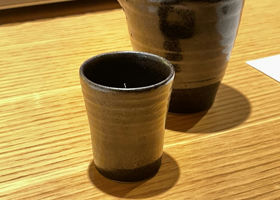
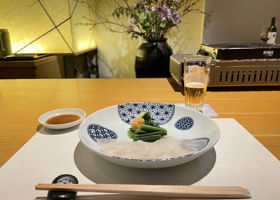
55_l_mii
Together with Tessa.
Thank you for the food!
Japanese>English
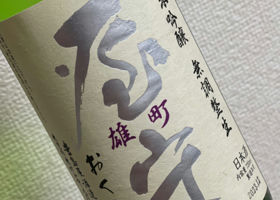
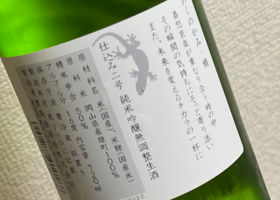
55_l_mii
Sake from Tokyo, first time!
I bought this sake because it was ranked #1 in Tokyo by this app.
It has a moderate aroma for an Omachi sake, and a clear, dry taste.
It does not interfere with meals.
I enjoyed it while sipping on a flying sushi side dish.
A great treat!
Japanese>English
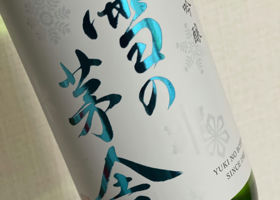

55_l_mii
I am considering taking a trip to Akita in the new year! In preparation, we first had dinner at Yukino Kayasha.
It's my favorite type of sake. It has a floral aroma in the mouth, but then it settles down and you get a sense of what Tohoku is like. It is a good sake at a reasonable price! My partner said, "It's like Toyama's Katsuma.
Tonight we will have sushi as a souvenir and yudofu from Sanosuke Tofu.
Thank you very much for your hospitality!
Japanese>English
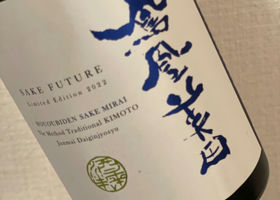
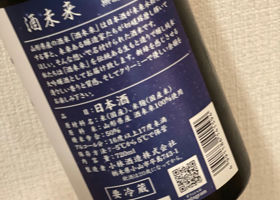
55_l_mii
Hououmida Junmai Daiginjo Unfiltered Hon Nama
Sake rice: Sake Mirai
It was freshly pressed this year.
It was gorgeous and my favorite! The sake maker told us to enjoy the taste after a few days of drinking. I'm looking forward to it!
We enjoyed it with "Dashi Shabu Nabe" (dashi shabu hot pot), a series of pots from Chinosha, and a simple Kansai-style dashi broth-based hot pot. Thanks for the meal!
Japanese>English
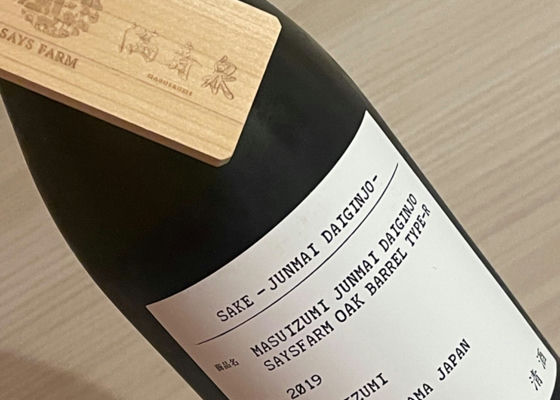
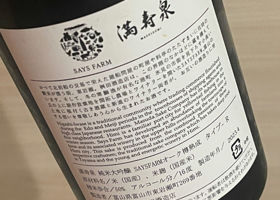
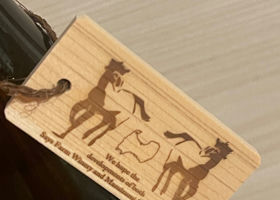
55_l_mii
JUNMAI DAIGINJO SAYSFARM OAK BARREL TYPE-R 2019 Production quantity 636
Manjusen x SAYSFARM Sake: "Manjusen Junmai Daiginjo SAYSFARM Oak Barrel Aged TYPE-R" is a joint project with Masuda Sake Brewery "Manjusen" which has a brewery in Higashi Iwase, Toyama, where the sake is aged in the wine barrels used at SAYSFARM.
Purchased in Toyama. My favorite sake for a long time! The sake cup is a glass inokuchi or wine glass.
It seems to hit just the right balance between wine and sake! It seems to be good with rocky food which wine is not good with. It seems to go well with creative sushi. Not cheese or cured ham, but fried chicken or chikuzen-ni are too strong. I hear that the need for sake when eating Japanese food is increasing in Europe!
I thought that a pasta with squid would be a good match, so instead of squid, I bought sea urchin squid and made it into a pasta with green shiso. I bought some "sea urchin squid" instead and arranged it in pasta with green shiso. Thank you!
Japanese>English
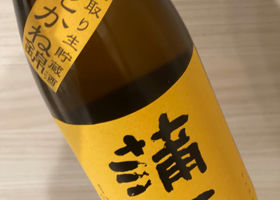
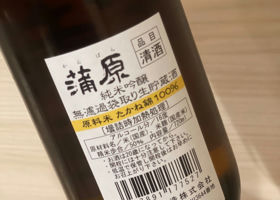
55_l_mii
It's just right for the Japanese food wine.
Tonight I made yudofu nabe with pork shabu-shabu! Oden and chikuzen-ni are also good for the coming season. Maybe hot sake would be good too. Thank you for your kindness!
Japanese>English

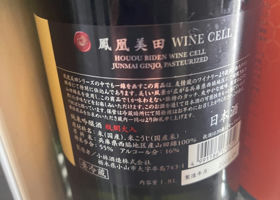
55_l_mii
I like it rather well. Thanks for the treat!
Japanese>English
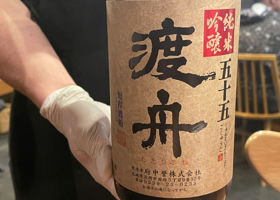
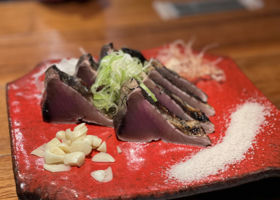
55_l_mii
With straw-roasted bonito.
"Elegant and fresh aroma! Thick and deep richness."
Sake degree +2
Polishing rice 55
This is my first sake from Ibaraki.
Personally, I think this one is better than the dry Raifuku!
Raifuku does not interfere with food.
Thank you for the treat~(^^)
Japanese>English
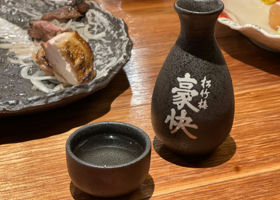
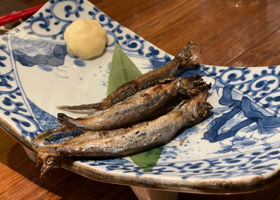
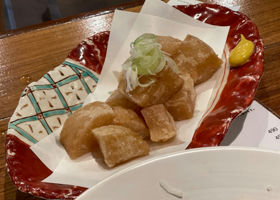
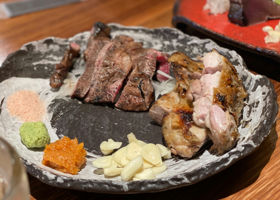
55_l_mii
Dry.
With straw-baked shishamo.
"Full-flavored, sharp and dry!"
Sake degree +18
Rice polishing 55
At Ibaraki straw-roasted dish "Tataki no Ikkyu".
Thanks for the food.
Japanese>English
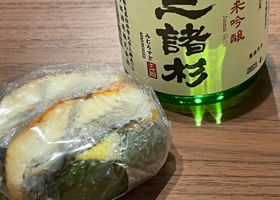
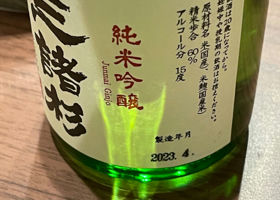
55_l_mii
At the end of the trip
I bought this samorosugi because it is only available in Nara.
With eel and wasabi leaf sushi which we bought at Nara station!
Thank you for the food!
Japanese>English
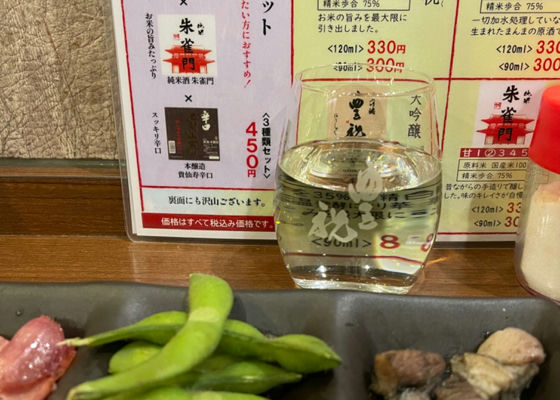
55_l_mii
At Kintetsu Namba ticket gate.
Three kinds of snacks set 500 yen.
A feast for all!
Japanese>English
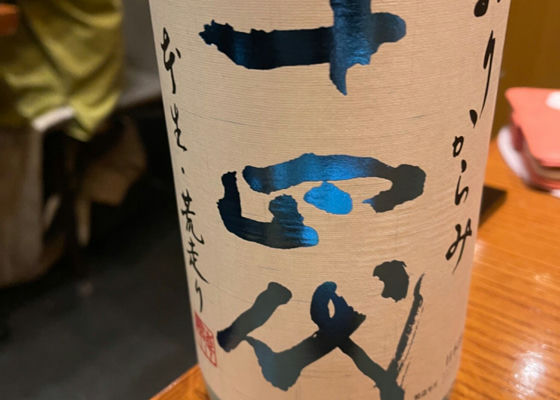
55_l_mii
Mizunasu eggplant with wasabi miso.
Sakara @ Akasaka-mitsuke
Excerpt below.
"This is an orikarami of Jyushidai, a local sake from Yamagata Prefecture that is extremely hard to find. The amount of tailings is not so much and it gives the impression of "light nigori". It is plump and full of flavor, but not at all heavy, a balance that can only be achieved with Jyushidai. The fruity ginjo aroma characteristic of Jyushidai, the fresh aroma typical of new sake, and the sweet aroma that rises gorgeously make this a fantastic local sake."
Japanese>English
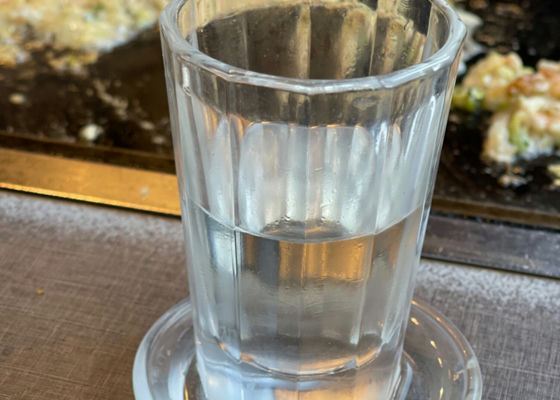
55_l_mii
At Moheji, Tsukishima monja.
Japanese>English
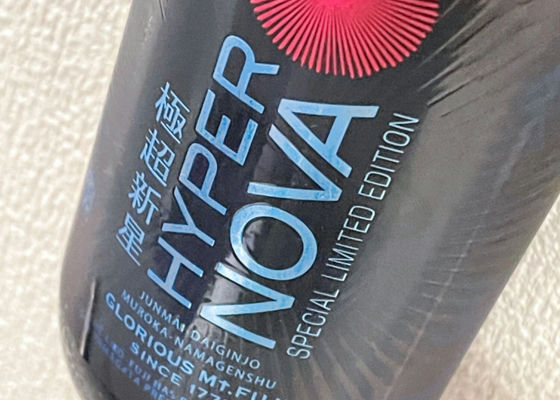
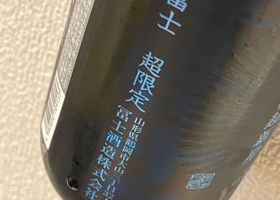
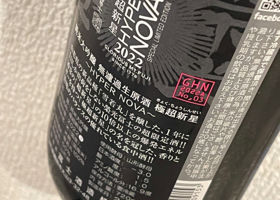
55_l_mii
Not too mellow for its aroma, suitable as a food sake. Delicious!
Japanese>English